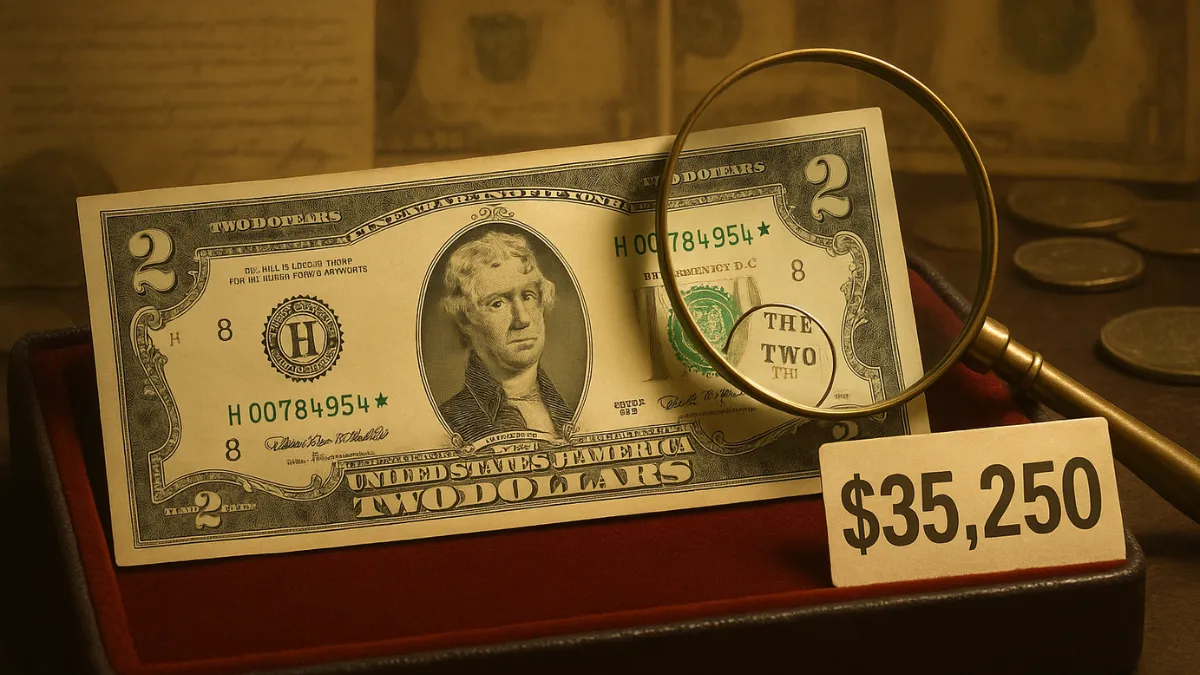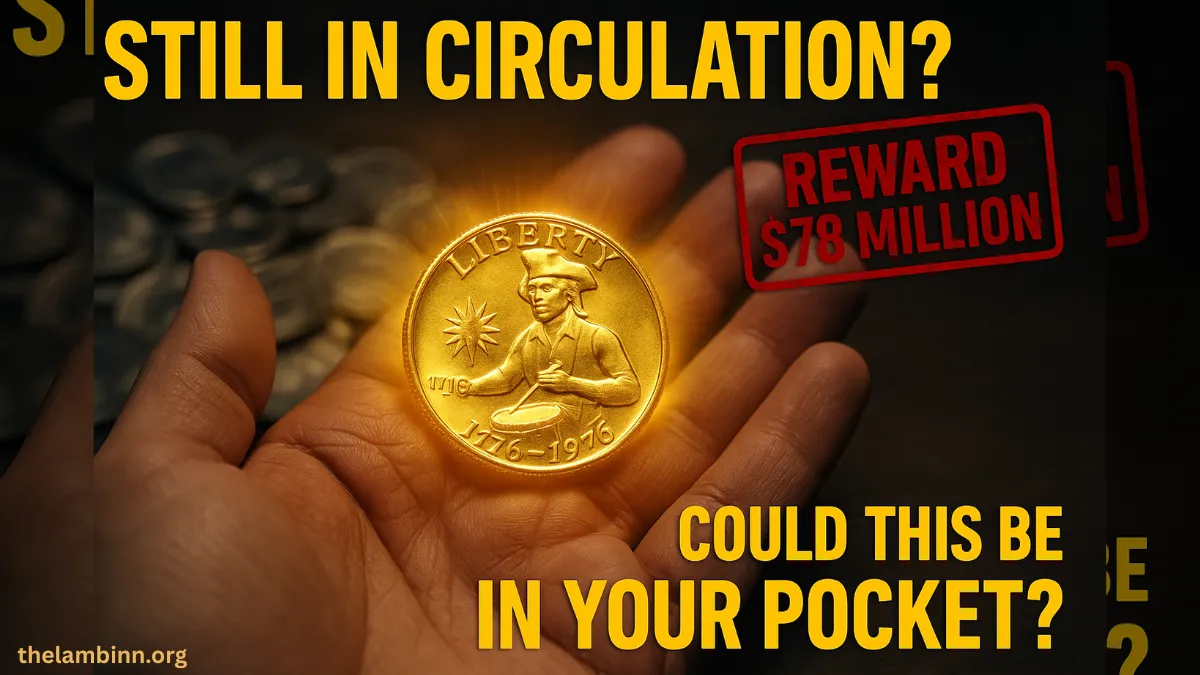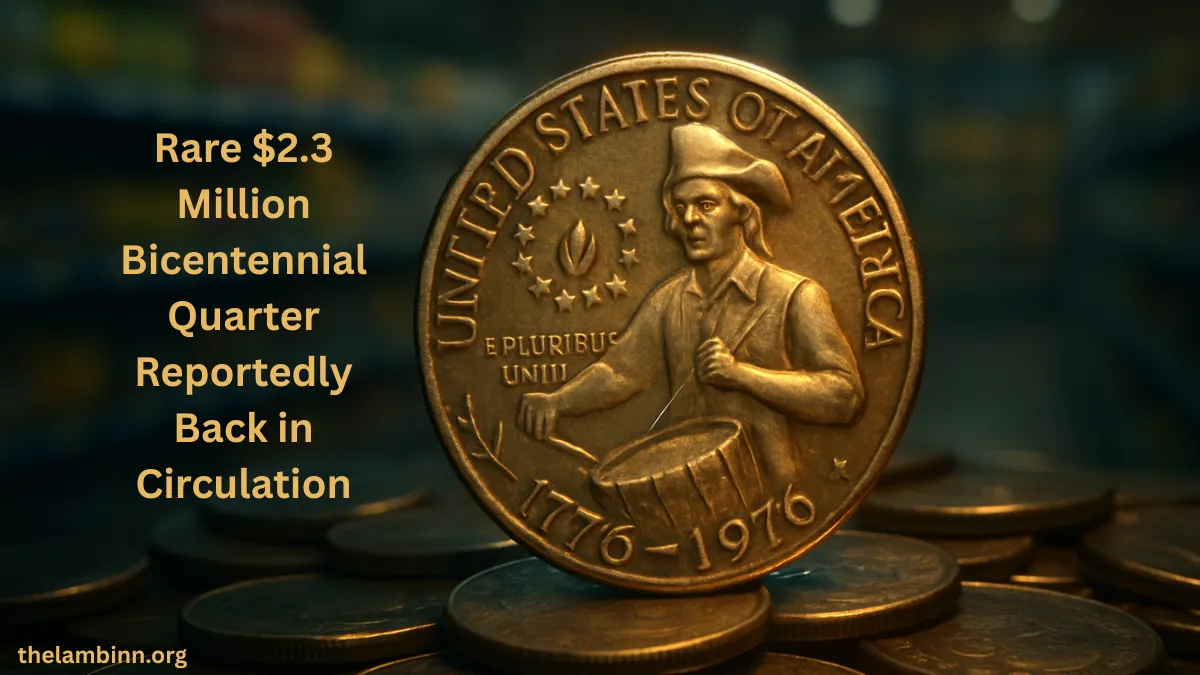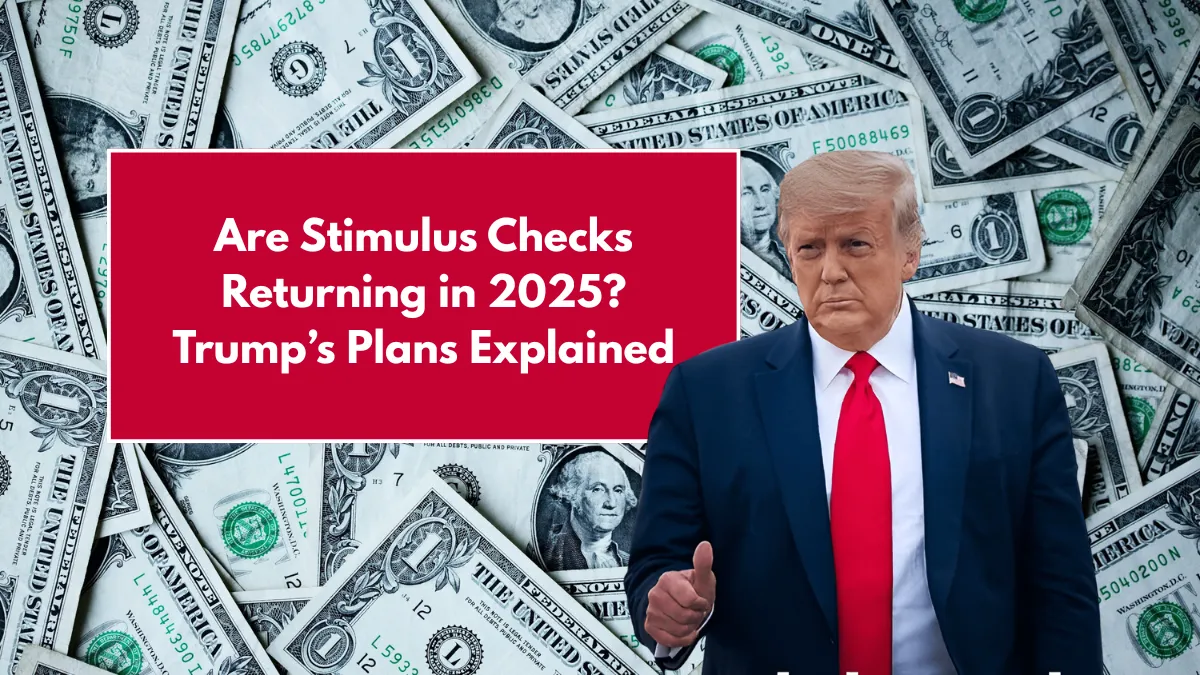The United States officially gained independence on July 4, 1776, with the signing of the Declaration of Independence. Since then, the country has experienced many turning points—wars, economic hardships, and political change have all helped define the nation’s identity.
While Independence Day is celebrated every year with fireworks and patriotism, the 1976 holiday was particularly significant. It marked 200 years of U.S. independence, and to commemorate the bicentennial, the U.S. government introduced a special edition of the $2 bill.
What Makes the 1976 $2 Bill Stand Out
Although the front of the bill continues to feature Thomas Jefferson, the real difference lies on the back. It showcases an intricate depiction of John Trumbull’s famous painting, The Declaration of Independence, highlighting the moment the Founding Fathers presented the document.
One interesting detail is that many people didn’t use these bills when they were first released. Due to economic concerns at the time, especially a recession, individuals were hesitant to set aside even $2. It’s like walking around with a large denomination today—most would rather not keep it in their wallet.
The Origin of the 1976 Series
The special $2 note was approved in the early 1970s and officially released on July 5, 1976. Even though it carries the 1976 date, additional printings didn’t occur until 1995. Many of these notes were saved instead of circulated, keeping them in excellent condition.
Because they weren’t commonly used, many of these bills remain crisp and well-preserved. This combination of rarity and historical relevance has kept them in demand among currency enthusiasts.
Determining the Value of Your 1976 $2 Bill
If you’ve come across a 1976 $2 bill, there are a few things to consider when determining if it’s worth more than face value:
Condition: Pristine bills without folds or stains are usually more valuable.
Serial Number: Unique patterns or very low numbers can significantly boost value.
Signatures: Bills signed by Arthur Burns and Robert B. Anderson are often considered more collectible.
Federal Reserve Bank: The U.S. has 12 regional banks. Some districts had lower print runs, making their bills rarer.
Star Notes: These have a star symbol at the end of the serial number and were printed to replace faulty bills, making them harder to find.
Post Office Stamps: Some were stamped on release day at post offices, which increases their collectibility.
Estimated Value of 1976 $2 Bills
Basic Range (Under $20):
These are bills that have been used and may show signs of wear. Perfect for new collectors.
- A heavily circulated note might be worth around $5
- An uncirculated note from Dallas could sell for about $9.90
- A clean Kansas City version might fetch $16.50
Mid-Level Range ($20–$500):
These notes are often in great shape or come with rare characteristics like star markings or stamps.
- A New York star note could sell for $95
- First-day issue stamped bills may go for around $399
- A signed Kansas City star note might bring in $257
High-End Range ($500–$2,500):
These are rare notes in top condition, featuring low serial numbers or exceptional features.
- A flawless star note with a signature might sell for $850
- A bill with serial number 33 could be worth up to $2,000
- Consecutive serial number pairs might go beyond $2,000
Elite Range ($2,500+):
Highly rare items desired by serious collectors, often still in original packaging.
- A full bundle of 100 uncirculated bills may be worth $3,450
- A bill with serial number “00000002” once sold for $9,400
- The “00000001” serial from San Francisco fetched more than $21,000
- A star note with serial number 1 in private hands was sold for $35,250
FAQs About the 1976 $2 Bill
How can I tell if my bill is a star note?
Check the serial number. If there’s a star symbol at the end, it’s a star note and generally rarer than regular issues.
Are there valuable printing errors to look for?
Yes, misprints like mismatched numbers or design flaws are rare and can greatly increase the bill’s market value.
How do I verify if my bill is authentic?
Inspect print quality, paper texture, and serial formatting. These bills don’t have modern security strips but still show key design details.
Are stamped bills really worth more?
Yes, first-day-of-issue stamps from post offices make them collectibles, especially when the note is also in near-mint condition.
Final Thoughts
The 1976 $2 bill is not just a piece of currency—it’s a historical artifact celebrating America’s 200th year of independence. Whether you’re a casual collector or a seasoned expert, this note holds lasting significance. With options available at various price points, starting or expanding a collection is within reach for most enthusiasts. Just remember to check the condition, look for special features, and always verify authenticity. Happy collecting!
Walter is a dedicated finance blog writer known for his insightful analysis and practical money advice. With a strong background in financial planning and market research, he simplifies topics like saving, investing, and retirement for readers of all levels. Walter’s goal is to help individuals take control of their finances and build a secure financial future through informed decisions.




